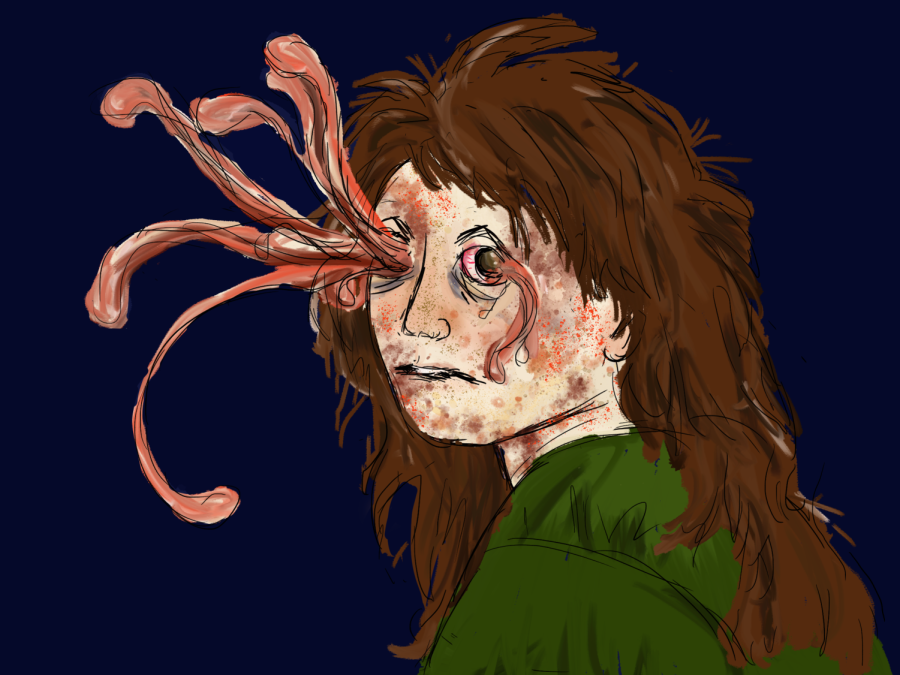“The Last of Us” zombie fungus exists outside of screens
February 20, 2023
From a critically acclaimed video game to an HBO Max hit series, “The Last of Us” takes place in a post-apocalyptic world caused by a parasitic fungus that turns humans into flesh-eating zombies. Although this “zombie fungi” sounds like pure fiction, it is very real and is currently even zombifying its victims. Unlike the show where the fungi targets humans, in the real world the zombie fungi, Cordyceps, is only zombifying one thing: insects.
Cordyceps are a genus of Ascomycete fungi which include a broad category of insect parasites, with only one kind, the Ophiocordyceps, being a prolific manipulator of animal behavior. Similar to any other fungi, its main goals are self-propagation and dispersal. Ophiocordyceps do it by hijacking an insect in an inventive and clever way.
One of the best studied cases of zombie fungi utilizing its tactics on the lives of carpenter ants is the Ophiocordyceps Unilateralis. Once an ant is infected by the fungus, all its instinctive fear of heights is whipped out while the ant undergoes the “summit disease,” – forcing the ant to climb up to the nearest plant. With exquisite precision, the Ophiocordyceps compels the ant to climb a height of twenty-five centimeters above the forest floor to perform a jaw clamp called a “death grip” around the plant.
Mycelium, which is the root system or vegetative body of a mushroom, eventually grows out of the ant’s feet and attaches itself to the plant.
The summit disease enabled the ant to be at the perfect height with the right temperature and humidity, allowing the fungus to absorb the ant’s body to sprout a mushroom cap right out of its head. The mushroom cap releases the spores to shower down on ants passing by below and produces secondary sticky spores that extend outwards like trip wires, in case they miss their targets.
David Hughes, an expert on fungal manipulative behaviors, conducted research on ants infected with Ophiocordyceps in 2017 and found the fungus becomes a prosthetic organ of ants’ bodies. Looking into the body of a death grip ant, roughly 40% of the mass of the insect was fungus.
Hyphae, the branches of mycelium, grew throughout the body cavity, entangling with the muscle fibers to coordinate its activity with the mycelial network. However, the ant’s brain didn’t notice the fungus was puppeteering the body’s movements — an unexpected find for Hughes and his team. It appeared the fungus’ approach is secreting chemicals that act on the muscles and central nervous system without being present in the brain.
The chemical being used is unknown, but some speculate it is from the family that psychedelic mushrooms like LSD derive from called “ergot alkaloids,” because Ophiocordyceps is closely related to the ergot fungi.
In theory, parts of the Ophiocordyceps genome responsible for producing these alkaloids are activated and play a role in the manipulation of ant behavior. With time, the Ophiocordyceps were able to fine tune their methods and it is likely that fungi have been manipulating animal minds since the dawn of time.








